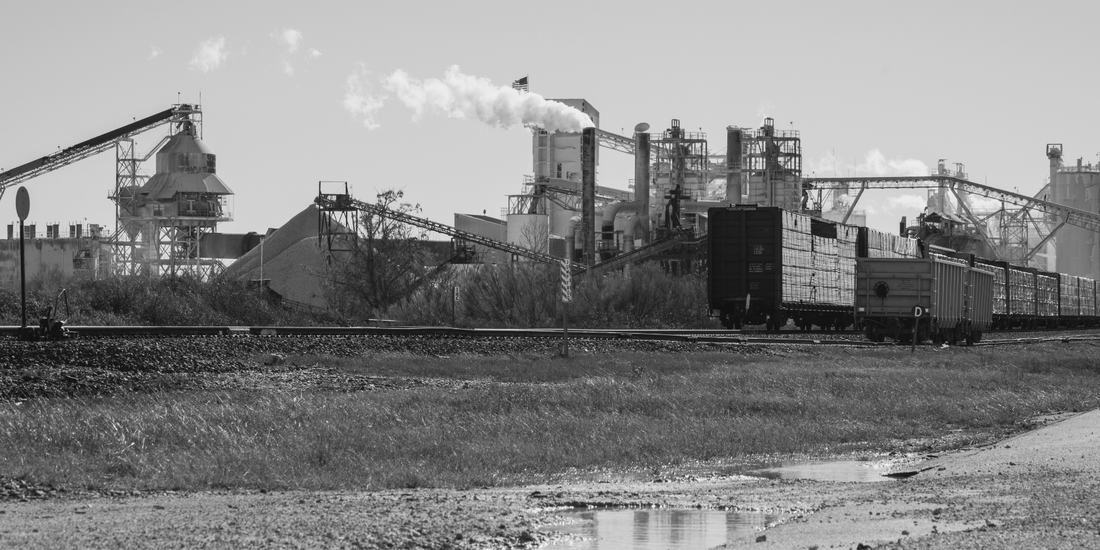
The History of Feet: The Industrial Revolution & Mass-Produced Shoes
Imagine a world where your shoes were not even shaped differently for left and right feet. That was reality before the Industrial Revolution. Shoes were essentially potato-shaped, flat forms of protection with little consideration for ergonomics. Then came factories, machines, and mass production, and with them, footwear changed forever. Suddenly, shoes became accessible, comfortable, and finally, shaped in a way that respected the human body.
Before the rise of assembly lines, shoes were custom-made by cobblers. They were expensive, time-consuming to produce, and reserved for those who could afford them. For most people, shoes were luxuries rather than daily essentials. The Industrial Revolution shifted that balance completely. Mass production allowed shoes to be manufactured quickly and affordably, transforming them from status items into everyday necessities. Footwear went mainstream. Much like a viral TikTok trend today, shoes spread fast, and for the first time in history, everyone could participate in fashion and comfort.
One of the most significant changes during this period was the introduction of distinct left and right shoes. It is hard to believe now, but until the mid-1800s, shoes were often identical, with no ergonomic shaping. The left-right innovation was nothing short of a revolution. It gave feet a natural fit, reducing blisters and discomfort, and changed the way people moved. Imagine walking for years in mismatched blocks of leather and then suddenly slipping into shoes designed to match your actual anatomy. It would have felt like discovering the perfect Netflix show after endless scrolling. For the first time, comfort was not just an afterthought but built into design.
Another groundbreaking development was the invention of rubber soles. Vulcanized rubber, pioneered by Charles Goodyear in the 19th century, reshaped the footwear landscape. Rubber soles offered resilience, grip, and shock absorption, qualities that leather or wooden soles could not provide. They also paved the way for an entirely new category of footwear: sneakers. Long before Yeezys or Air Jordans became global icons, rubber-soled shoes gave people the ability to walk and run with unprecedented comfort and flexibility. What started as functional work shoes eventually became a lifestyle symbol, merging performance with culture.
This period of innovation laid the foundation for the footwear world we know today. Shoes were no longer crude coverings but tools engineered for movement and style. They became reflections of identity as much as they were protective gear. From factory workers to athletes, from city dwellers to soldiers, shoes began shaping the daily experience of millions. The Industrial Revolution gave the world not only affordable shoes but also the expectation that footwear should serve both function and form.
At Groov, we see ourselves as carrying forward that same legacy of progress. Just as the Industrial Revolution brought ergonomics and accessibility to footwear, we are bringing personalization and precision to insoles. Our AI-driven mapping system takes the guesswork out of comfort, creating insoles that fit your unique anatomy with accuracy that past centuries could only dream about. Whether you are tying up sneakers for a run, lacing boots for a workday, or slipping into casual shoes for a stroll, the principle remains the same: your feet deserve technology that supports them properly.
So the next time you lace up a pair of modern sneakers, take a moment to thank the Industrial Revolution. Without it, we might still be sliding into identical, block-shaped shoes with no cushioning, no ergonomic support, and very little thought for how we actually move. Instead, we now live in a world where comfort is an expectation, not a privilege, and where innovation continues to push footwear forward. At Groov, we are proud to be part of that ongoing story, ensuring your soles get the same level of care and ingenuity as any piece of history-changing footwear.




